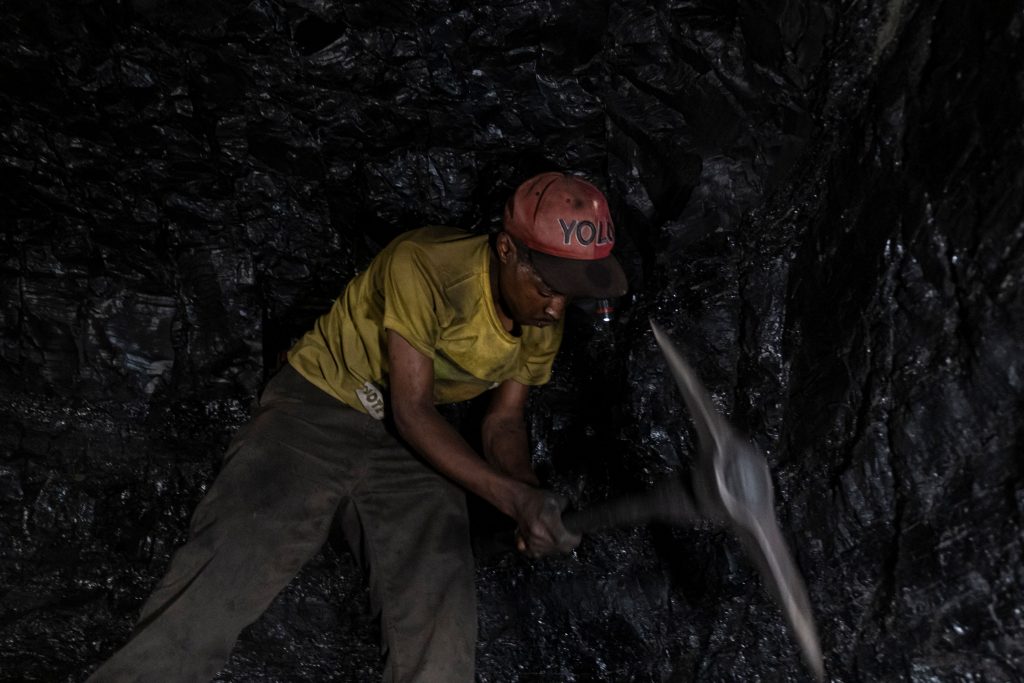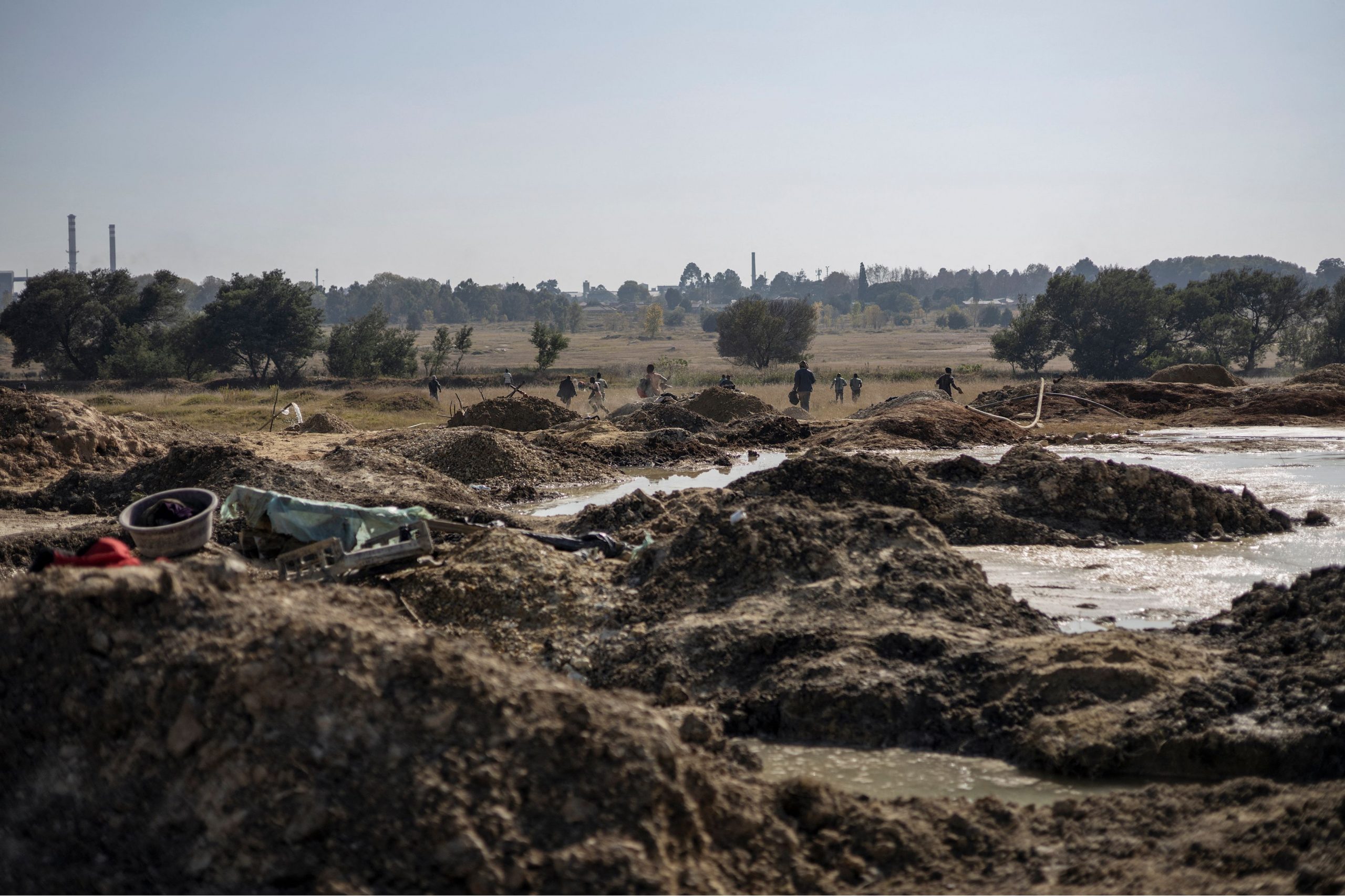By Dumi Jere
Many years ago, I remember reading the book “Our Iceberg Is Melting” by John Kotter, the award-winning author from Harvard Business School. The story was set in Antarctica, on an iceberg where a colony of emperor penguins had lived for as long as they could remember. This was the only home they had ever known. The story unfolded with a curious and observant penguin discovering that the iceberg they were living on had melted in some places and was about to literally fall apart.
Once the penguins came to understand that their iceberg actually was melting, they 1) created a sense of urgency in the colony to deal with the difficult problem, 2) put a group in charge of navigating the change, 3) found the sensible vision of a better future, 4) communicated that vision so others would understand and accept it, 5) removed as many obstacles to action as was practical, 6) created some sort of success quickly, 7) never let up until the new way of life was firmly established, and, 8) finally, ensured that the changes would not be overcome by stubborn, hard-to-die traditions.
While this book may have been written specifically for organizational change, this story shares an uncanny resemblance with the world we find ourselves in today. Our iceberg is melting, literally! Lots need to be done immediately by everyone alive to deal with the challenges emanating from climate change. The speed and scale of the response to COVID-19 by governments, businesses and individuals seems to provide hope that we can react to the climate change crisis in a similarly decisive manner – but history tells us that humans do not react to slow-moving and distant threats.
And so, with the upcoming 2021 United Nations Climate Change Conference, also known as COP26, to be held at the end of October 2021 in Scotland, governments and other stakeholders alike will have to reflect on the Paris Agreement, and take stock of their efforts to reduce energy-related carbon dioxide emissions. They have sought to achieve this primarily through deployment of renewable forms of energy, such as wind, solar and hydroelectric power. As the demand for renewable energy continues to grow, one major industry that faces a watershed moment in transformation to green ways of operating is, mining.
For years now, the mining sector has always struggled with its image as a “dirty” industry. Mines can be hazardous for those who work in them and damaging to the surrounding environment, including through greenhouse gas emissions. After all, mining is key to the growth of renewable energy, as green technology is heavily reliant on certain metals and minerals. Solar power, relies on the supply of aluminum, copper and certain rare earth elements to produce PV panels. Similarly, wind turbines are made from steel and their manufacture is therefore reliant on the extraction of iron as well as certain rare-earth elements such as neodymium which are needed for the magnets used inside turbine generators. More generally, copper is essential to all power generation infrastructure, as well as electric vehicle (EV) technology.

In light of this, how can the mining sector embrace a green way forward?
The industry’s bad boy image will need to change for the it to survive and this means improving its brand by prioritizing green and customer-centric strategies. A significant challenge will be earning the trust of consumers by committing to environmental, social and governance (“ESG”) standards. Banks and investors are exercising pressure by reviewing their portfolios to ensure that their investments are ESG-friendly. Just recently, both Goldman Sachs and BlackRock announced new sustainable investment strategies, including lowering direct investment to fossil fuel companies and thermal coal producers. From this it seems that the pressure is there for transformation in the sector as governments are also changing their policies in favor of clean mining.
Another way to embrace green ways of operating would be to make more improvements and advances in storage capacities for energy. This will improve efficiency and energy-security so that gaps are filled when generation from renewable sources is lower. Erratic energy can have significant impacts on a country’s economy as well as socio-political conditions. As a resident of South Africa, I am no stranger to the periodic rolling power cuts that in some cases have resulted in shut downs for many businesses, including a number of large mines operated by Impala Platinum among others. Until the rate of innovation in energy efficiency catches up, the mining sector and fossil fuels will need to fill in the gaps to prevent energy shortages.
An additional serious challenge faced by the industry is consumer concern about the effect of mining on climate change due to high carbon emissions. Mining is an energy intensive industry and its energy demand is estimated to increase by 30% by 2035 due to growing mineral requirements. By reducing its environmental impact, the industry will also improve its publicity. In general, mining companies should aim to run their operations using renewable sources and some of the ways include:
- self-generation – whereby the renewable source is built near the mine and is owned by the mining company;
- industrial pooling – where several mining companies commit to buy renewable electricity from the producer ensuring that the construction of a renewable project is viable;
- renewable power purchase agreements – where the mining company contracts with a renewable power producer committing to buy electricity based on the contractual terms
By committing to environmentally-friendly initiatives and making the public aware of their success stories, the miners can change the narrative and make it known that they are taking the transformation seriously and are committed to continue doing so.
Reality is consumers may not actually realize the role of mining in the supply of technologies which are championed for a sustainable future. As such, the industry can, and should, do more in communicating the change, and its role, in meeting existing and emerging consumer needs, whether those relate to mining lithium for energy storage or copper essential for the creation of wind turbines.
In an era dominated by climate change, the mining industry is facing significant challenges. However, metals and minerals are essential for a renewable, efficient and energy-secure future. Instead of listening to calls to extinguish the mining industry, we should be concentrating on restoring faith in it by transforming its reputation from a “dirty” industry to one concentrating on “green”, sustainable and customer-centric practices. In so doing, we will do our bit in preventing our iceberg from melting.

